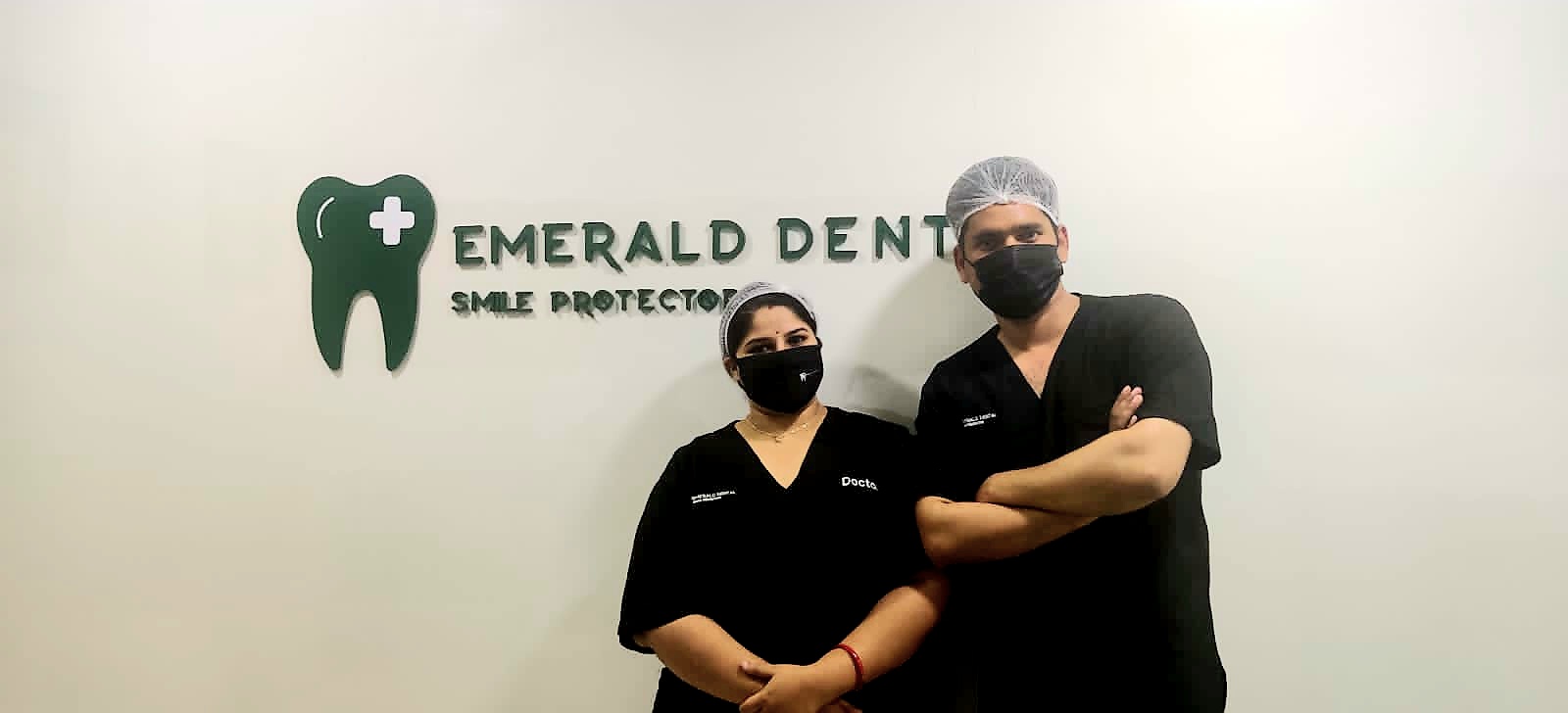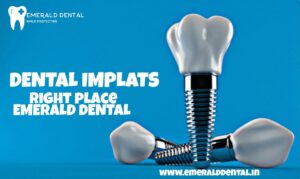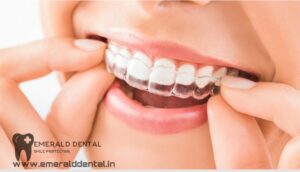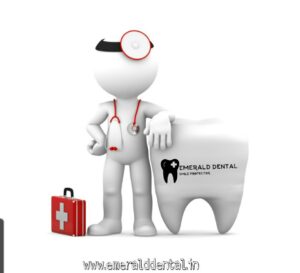
Is Your Bite Correct?

What is a Correct Bite and How You Can Check For Yourself
Your teeth are different from those of any other person and are the reasons why your smile is unique.
While having the proper teeth alignment, or correct bite, can enhance your smile, It is also important for other reasons.
If your bit is misaligned ,you may be prone to certain muscle and tooth issues that can compromise your oral health.
Getting Your Bite Checked
Your dentist or orthodontist will periodically examine your bite to assess its alignment.
This involves looking at your bite from multiple viewpoints.
If your dentist examines the position, size, and shape of your teeth and jaw and determines that your bite is not correct, corrective dental treatment may be recommended.
Many different factors can contribute to a misaligned bite, such as:
- Teeth that grow in crooked or overlapped
- Lower and upper jaws that are malformed or are not the same size
- Mouths that are too small
Checking Your Bite
While it may take a little more effort than required for your dentist or orthodontist, you should also get familiar with how your bite looks.
The Front View:
To see the front view of your bite, all you have to do is face the mirror.
The characteristics of a correct bite include the bottoms of upper front teeth that are in line with your upper lip and the exposure of no more than one-half of the length of your bottom row of teeth when your teeth are closed.
An insufficient amount of enamel exposure during a smile is a result of upper teeth that are too short, while upper teeth that are too long may result in a significant amount of gum tissue being exposed.
Your upper incisors can also affect your bite, producing a deep bite if they cover the lower teeth excessively, or an open bite by overlapping the lower teeth too much.
The Side Views:
Examining your bite from the right and left sides may difficult to do by yourself but may be accomplished using two mirrors.
When examined from either side, the back parts of your upper teeth should be resting on the front sides of your lower teeth very gently.
The edges of your upper teeth and lower incisors should not be touching.
If the bottom of your upper teeth falls behind the edges your lower incisors, you may have an underbite.
An overbite may result from your upper teeth projecting too far away and out in front of your lower teeth without touching.
The Top or Bottom View:
The views of both the top and bottom rows of teeth should reveal teeth that form a symmetrical arch.
There should be no overlapping of the teeth, and each of the teeth in both rows should be touching one another with no spacing in between.






